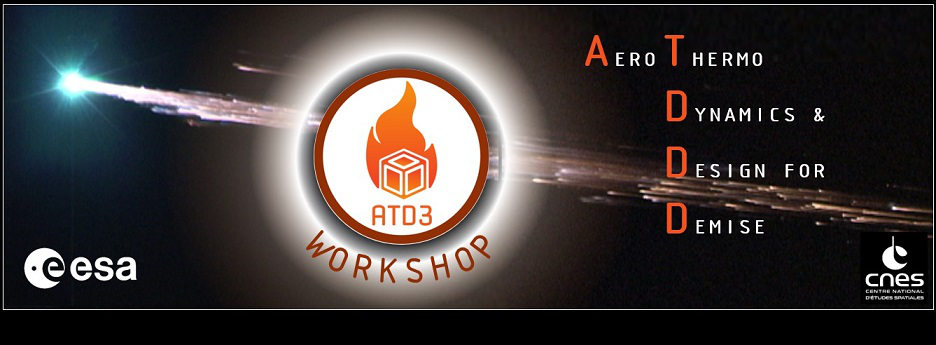Speaker
Description
The ISL hyperballistic tunnel is a hypersonic ballistic range. This unique facility in Europe [1] has been recommissioned in 2020 for hypersonic free flight and ablation studies. It is a combination of two two-stage light gas guns and of a 21 m long measurement tunnel.
The two light gas guns are used as model accelerators. Three launch tubes are available with calibres of 10 mm, 20 mm and 30 mm. By using hydrogen as light gas, the guns can accelerate models to velocities ranging from 2000 m/s to 9000 m/s corresponding to Mach numbers from 6 to 25. The measurement tunnel is isolated from the atmosphere, so that it can be fulfilled with different test gas selected in function of the study, typically nitrogen or air. Moreover, the pressure can be adjusted from a low pressure of 0.05 bar (h=20 km) to a high pressure of 2 bar. Consequently, the freestream Reynolds number ranges from 1E+4 to 1E+8 and thus covers the laminar, transitional and turbulent flow domains.
Ablation studies at ISL have started in the sixties [2]. Today, the experiments aim to extend the experimental database for ablation in high density flows with new geometries and new materials. The ablation measurements are achieved thanks to velocity measurements, high-speed imaging, X-ray radiographies and post-flight analysis. Recent ablation experiments of aluminium spheres were carried out with muzzle velocities up to 3500 m/s and have demonstrated the capabilities of the ISL hyperballistic tunnel for the ablation studies. The ablation on the sides of the stagnation points coupled with a light emission around the sphere and inside the wake flow were measured.
In conclusion, this hyperballistic tunnel is complementary to hypersonic wind tunnels, as some of their limitations can be overcome. For example, the projectile flies in a quiet test gas and the natural laminar-turbulent transition is reproduced. The modernization of the ISL hyperballistic tunnel is still an ongoing task and future ablation experiments will investigate the ablation of spheres made of different materials such as Inconel and titanium.
This study is conducted by the French-German Research Institute of Saint-Louis.
[1] E. Schülein, “Experimentelle Hyperschallversuchsanlagen und Messtechniken,” CCG-Seminar, Besonderheiten des Hyperschallflugs, 2019. (in German).
[2] J. Luneau, Contribution à l’étude des phénomènes aérothermiques liés au vol hypersonique décéléré. PhD thesis, Institut franco-allemand de recherches de Saint-Louis, 1969. (in French).

